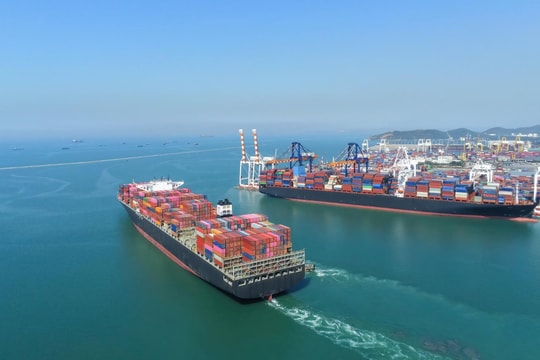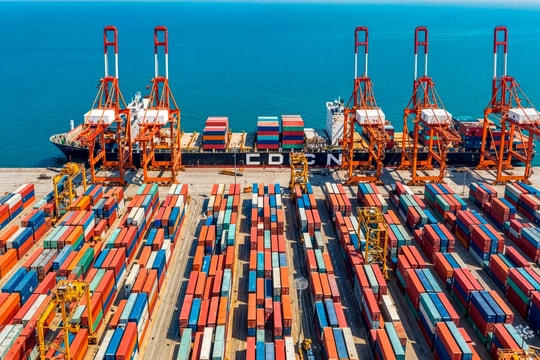
Opportunities from Global Supply Chain Diversification
The U.S.-China trade war and geopolitical uncertainties have prompted major global enterprises to adopt risk diversification strategies in their supply chains. The "China+1" trend — diversifying production beyond China — has spurred a new wave of investments directed toward smaller Asian nations. Countries such as Vietnam, Cambodia, Bangladesh, and the Philippines have become attractive destinations for international businesses, thanks to low labor costs, a youthful workforce, and improving investment environments.
According to a 2023 report by UNCTAD (United Nations Conference on Trade and Development), FDI inflows to developing countries in Asia rose by 15% compared to the previous year, with smaller nations receiving a significant share. For instance, Vietnam attracted over $25 billion in FDI, Cambodia saw a 20% increase in garment and agricultural sectors, and Bangladesh gained particular interest from major global textile manufacturers.
Natural Advantages and Strategic Strengths of Smaller Nations
Smaller nations possess unique advantages that larger economic hubs struggle to match. Vietnam and Cambodia, with their strategic locations near key regional shipping routes, are becoming crucial gateways for global trade. Bangladesh, with its long-standing expertise in textiles, remains the world's second-largest apparel exporter after China.
Additionally, these nations are capitalizing on trade agreements to enhance their competitiveness. Agreements like the Regional Comprehensive Economic Partnership (RCEP) and bilateral deals with the EU and the U.S. are enabling these countries to expand their access to international markets. According to analysis by the Asian Development Bank (ADB), participation in trade agreements could boost exports for countries like Laos and Myanmar by up to 20% within the next five years.
Sustainable development trends also create opportunities for smaller nations. As international companies prioritize ESG (Environmental, Social, and Governance) criteria, countries such as Bhutan, Laos, and Sri Lanka, with abundant renewable energy resources, are becoming attractive destinations for clean manufacturing investments.

Challenges to Overcome
However, smaller nations cannot fully seize these opportunities without addressing significant challenges in infrastructure, workforce quality, and economic governance. Ports in Bangladesh frequently face congestion, while road transport systems in Cambodia and Laos remain underdeveloped. To retain investors, these countries must prioritize investments in logistics infrastructure, streamline administrative procedures, and enhance education and training to meet the demands of high-tech industries.
Furthermore, amid increasing competition, smaller nations must avoid falling into a "race to the bottom" — competing by lowering labor standards or drastically cutting tax rates. Instead, they should focus on creating a stable, transparent business environment and ensuring long-term sustainability.
The trade war and global supply chain restructuring have opened a significant window of opportunity for smaller nations in Asia. However, to translate this opportunity into real development momentum, these countries must overcome internal challenges and implement effective development strategies. Investments in infrastructure, high-quality workforce training, and leveraging trade agreements will be key factors in establishing their positions in global supply chains.
As Ban Ki-moon, former UN Secretary-General, stated at the 2023 Asia Sustainable Development Forum: “Smaller nations should not merely see themselves as links in supply chains but aspire to become hubs of innovation that create value.”
Likewise, Vietnam’s Prime Minister Pham Minh Chinh emphasized at the 2023 APEC Summit: “Vietnam and other regional countries must seize opportunities from global supply chain shifts, invest heavily in technology, and strengthen regional cooperation to ensure our critical roles in the global economy.”
The future of global supply chains will not be shaped solely by economic powerhouses but will also depend on the growth of smaller nations. With the right strategies and a long-term vision, these countries can turn challenges into opportunities and rise as significant players on the global economic map.



.jpg)




.jpg)

.jpg)

.png)












